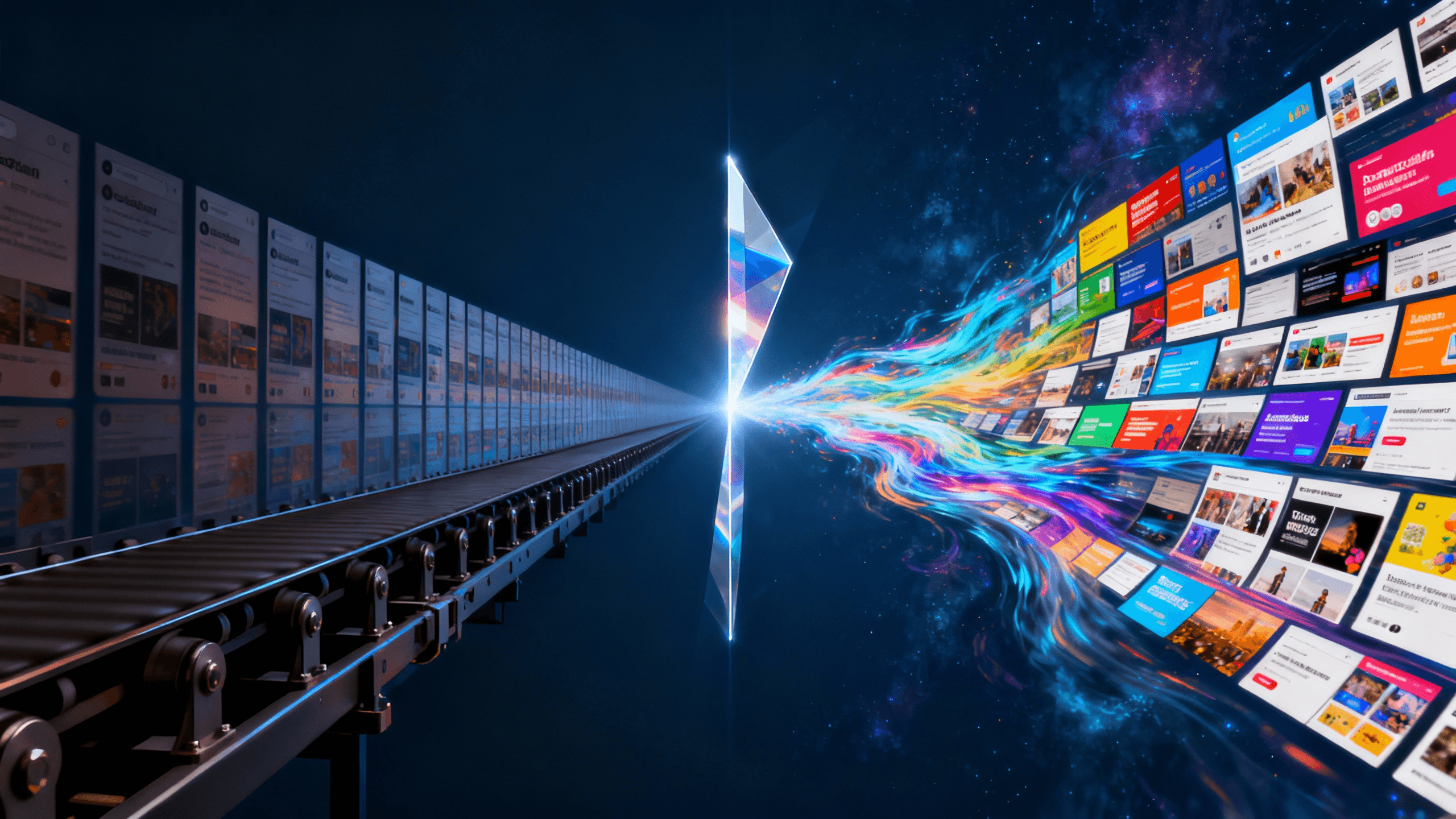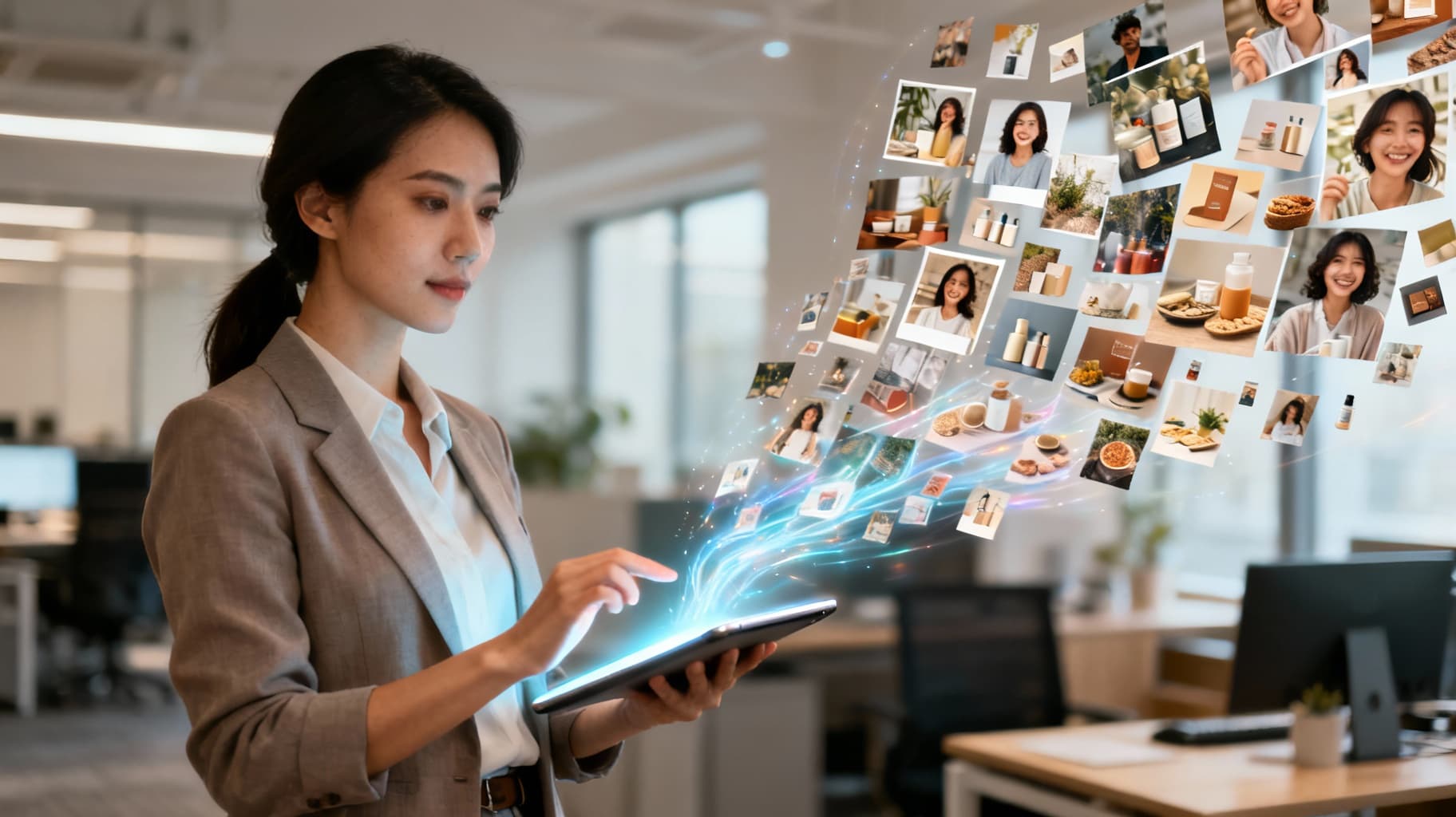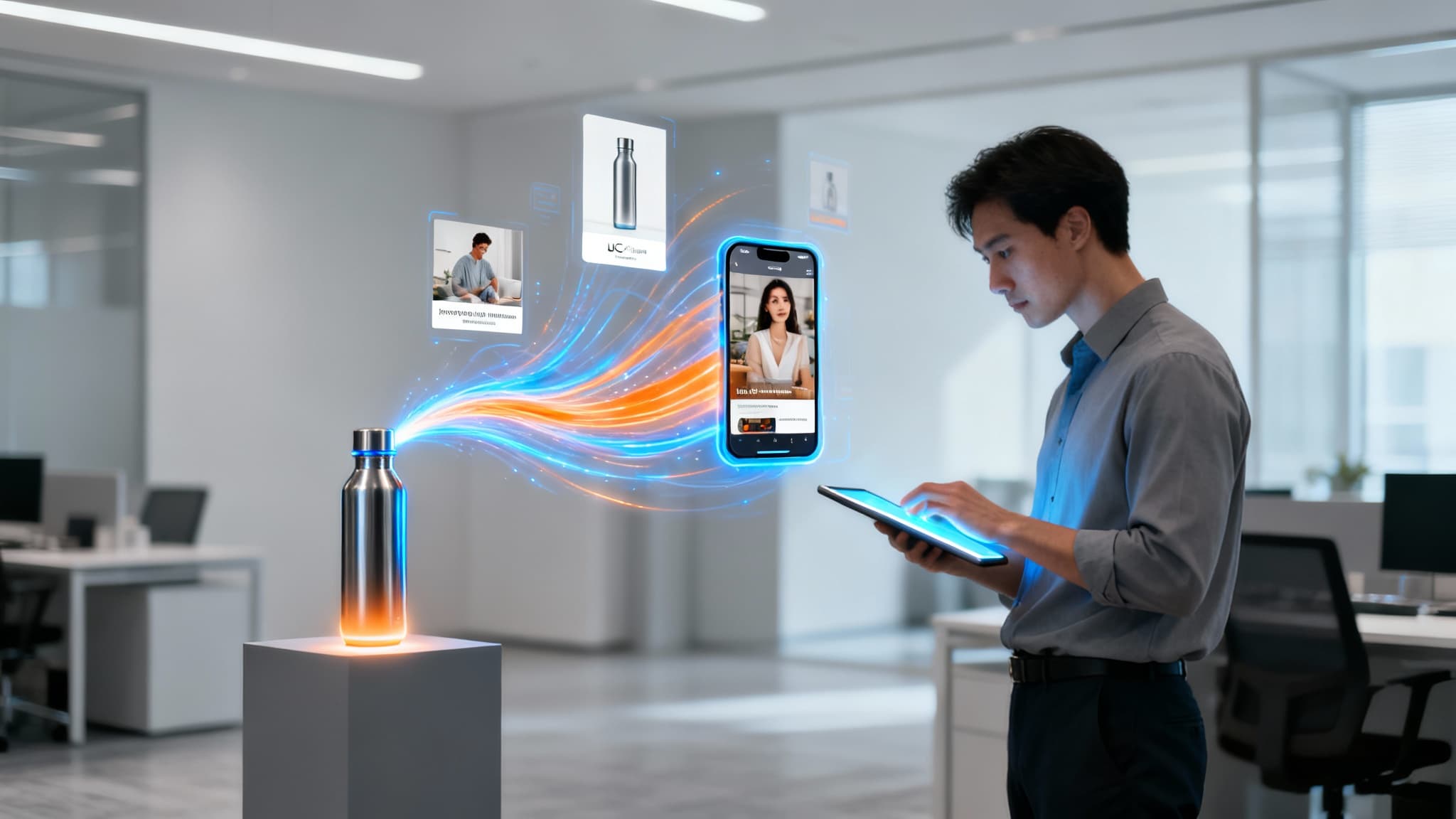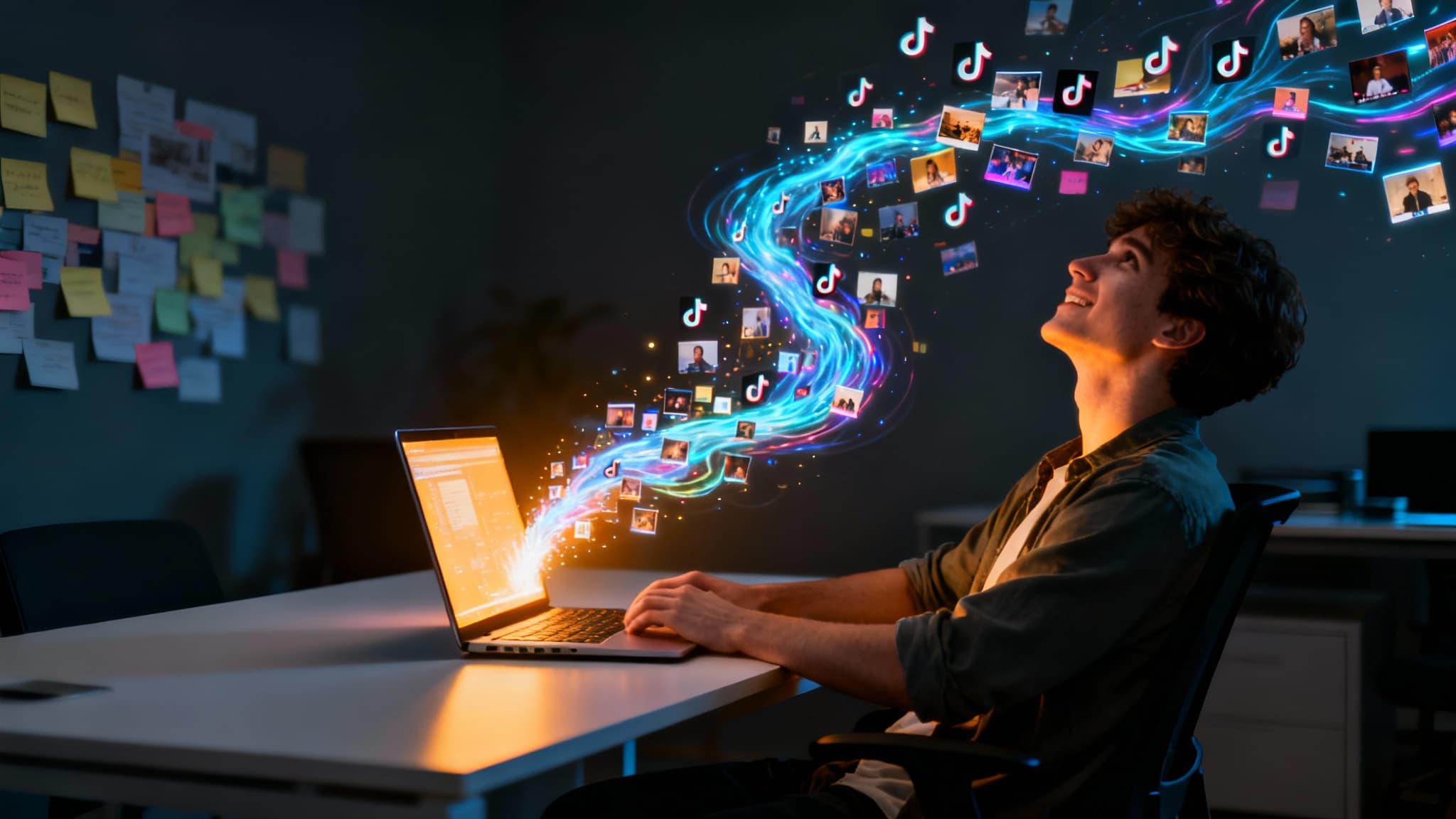The End of Expensive Photoshoots: How AI Product Photography Scales E-commerce Visuals
Shehroz
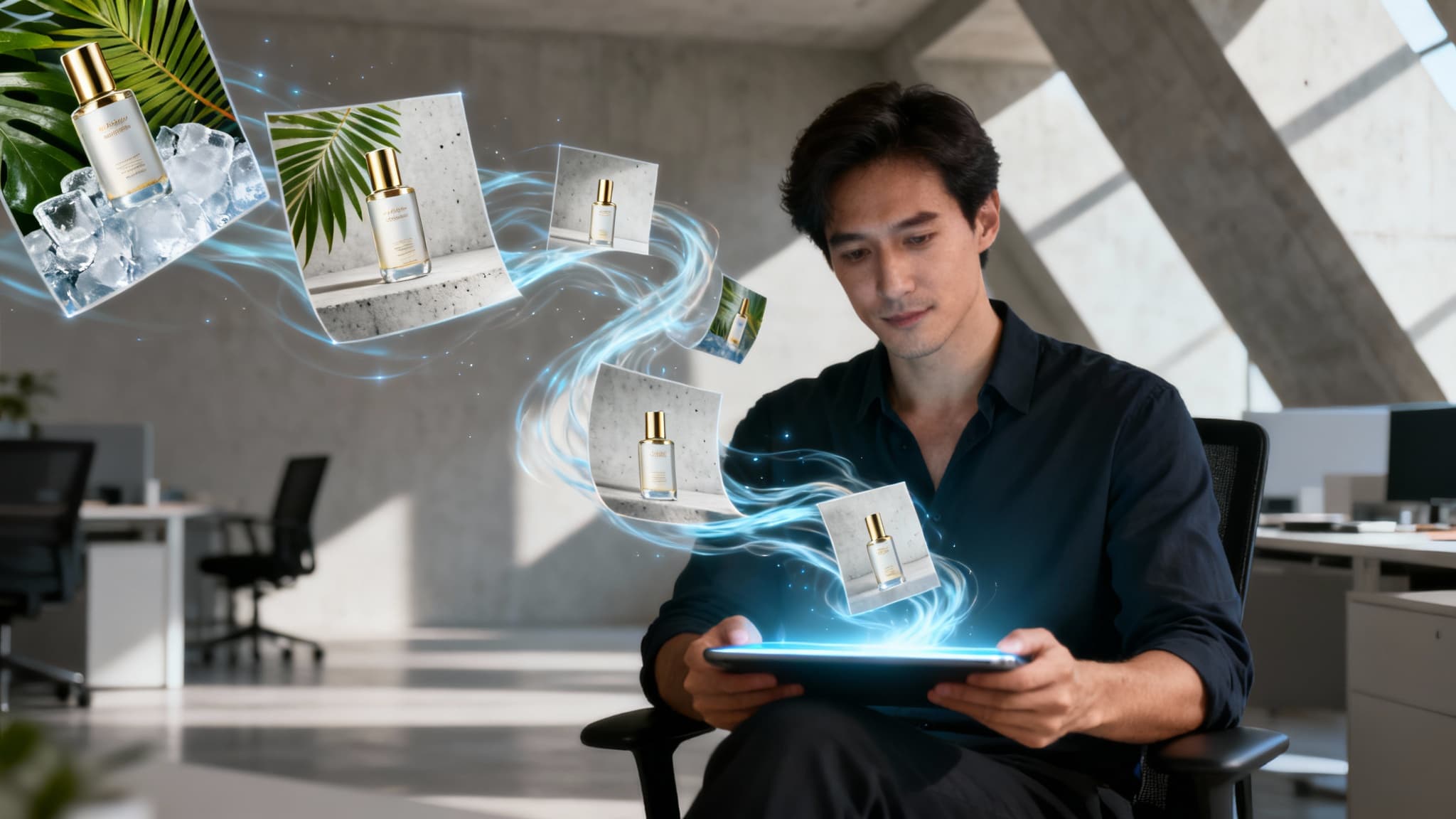
The End of Expensive Photoshoots: How AI Product Photography Scales E-commerce Visuals
You just approved the budget for the next product launch. You scan the line items, and one glaring number jumps out, dwarfing all the others: the photoshoot. It’s a necessary evil, the engine that powers your product pages, social ads, and email campaigns. But the process feels broken.
It’s a constant battle between your budget, the calendar, and your team’s creative ambition. You spend weeks on logistics, a small fortune on a handful of hero shots, and then hold your breath, hoping they convert. What if you need a new background for a holiday promo? Or a different shot for an A/B test? You’re stuck.
But what if you could break free from this cycle? A fundamental shift is happening in creative production, one that replaces the logistical nightmare of photoshoots with the speed and scale of software. This is the new frontier of AI product photography, and it’s changing the entire equation for ambitious e-commerce brands.
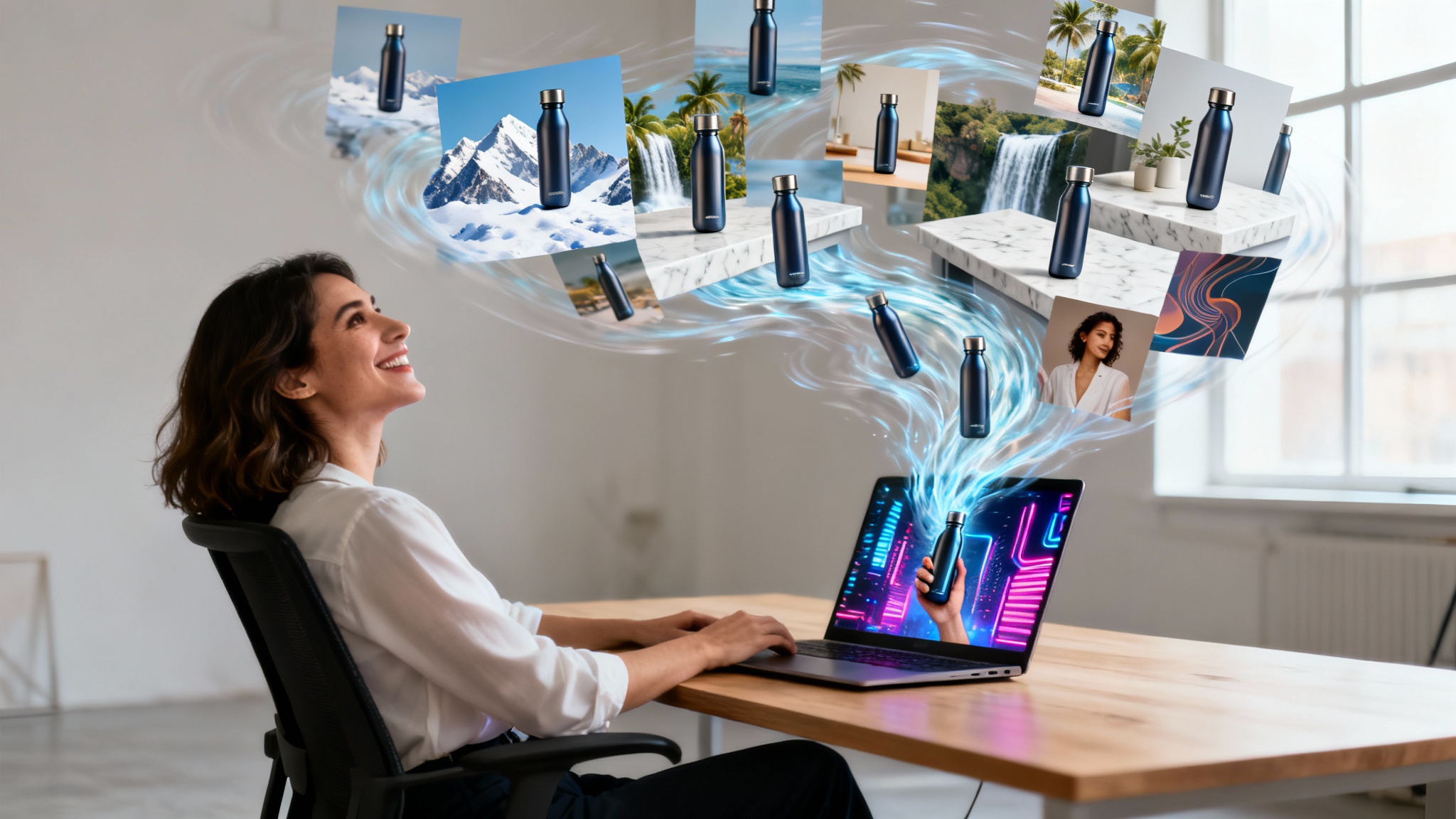
The True Cost of a Single Product Photoshoot (It’s More Than You Think)
When you think “photoshoot cost,” you probably picture the photographer’s invoice. But the real cost is a sprawling web of direct and indirect expenses that bleed your marketing budget dry. The final number is almost always shockingly higher than the initial quote.
A single day of shooting involves a complex orchestration of people, places, and equipment. Each piece adds up, not just in dollars, but in time and administrative overhead. Let’s break down the hidden costs that are rarely discussed:
- Creative & Crew Fees: This isn’t just the photographer. It includes models, stylists, makeup artists, and assistants—all with their own day rates.
- Location & Studio Rental: Finding the perfect backdrop costs money, whether it’s renting a professional studio or securing permits for an on-location shoot.
- Equipment & Prop Sourcing: High-end cameras, lighting, and all the props needed to create that perfect lifestyle shot come with a hefty price tag.
- Post-Production & Retouching: The shoot is only half the battle. Hours of editing, color correction, and retouching add significant costs to every single image.
- The Opportunity Cost: This is the biggest hidden expense. The 6-8 weeks it takes to go from brief to final assets is a massive window of lost sales and missed marketing opportunities you can never get back.
The Creative Brief Bottleneck: Where Traditional Workflows Break Down
Even if you have an unlimited budget, the traditional creative workflow has a hard ceiling. It’s built on a foundation of manual processes and rigid plans that simply can’t keep up with the demands of modern digital marketing.
The creative brief, once a tool for alignment, has become a bottleneck. It forces you to predict every single creative need for an entire quarter, months in advance. This old model breaks down in three critical ways:
1. It’s Inflexible. Once the shoot is wrapped, your creative options are locked in. Need to swap the background from a beach to a snowy mountain for a winter campaign? Impossible without a reshoot. Want to test the same product with a different model demographic? You have to start the entire expensive process over again.
2. It’s a Time Sink. The back-and-forth on mood boards, shot lists, casting, and location scouting consumes weeks of your team’s time. This administrative drag is a handbrake on your marketing agility, preventing you from reacting to market trends or launching opportunistic campaigns.
3. It’s Fundamentally Unscalable. You can’t 10x your creative output by hiring 10x more photographers and writing 10x more briefs. The logistics become exponentially more complex. The traditional model was designed for a world of quarterly catalogs, not for a world that demands fresh content for TikTok, Instagram, and email every single day.
Enter the Virtual Studio: The Rise of AI Product Photography
Imagine a world where you could generate a thousand unique, on-brand lifestyle shots for your new product in a single afternoon, without a single camera, model, or physical location. That world is here, and it’s powered by generative AI.
AI product photography isn’t about creating fake-looking, uncanny images. It’s about leveraging powerful algorithms to create photorealistic scenes, environments, and models around your real product. You provide a simple shot of your product, and the AI platform acts as your virtual studio, giving you infinite creative control.
Think of it less like a camera and more like an infinite creative sandbox for your brand. It’s the solution to the scale, speed, and cost problems that have plagued marketers for decades. It’s how you finally align your creative capabilities with your commercial ambitions.
Benefit 1: Generate Infinite On-Brand Visuals, Not Just a Few Photos
With a traditional photoshoot, you walk away with a few dozen final assets. With an AI content platform, you walk away with limitless possibilities. This isn’t just a quantitative leap; it’s a strategic one.
For the first time, you can create a truly endless stream of visual variations to fuel every marketing channel. This allows you to:
- Hyper-Personalize Campaigns: Generate visuals that speak directly to different audience segments. Show your product with different models, in different settings, and in different cultural contexts without needing dozens of separate photoshoots.
- A/B Test Everything: Stop guessing what works. Systematically test dozens of creative variables in your social ads—backgrounds, props, lighting, and compositions—to find the exact combination that drives the highest conversion rate.
- Eliminate Creative Fatigue: Keep your ad campaigns fresh and engaging by constantly rotating in new visuals, preventing the audience burnout that kills ROAS (Return on Ad Spend).
Benefit 2: Launch Campaigns in Days, Not Months
The most valuable resource in e-commerce is speed. The ability to react to a trend, launch a flash sale, or respond to a competitor’s move can be the difference between a record quarter and a missed opportunity.
The 6-8 week timeline of traditional creative production is a relic of the past. AI content generation collapses that timeline from months to minutes. A new campaign idea on Monday morning can have a full suite of custom visual assets ready for deployment by Monday afternoon.
This agility is a superpower. It means you’re no longer planning your marketing around your photoshoot schedule. Instead, your creative production moves at the speed of your strategy.
Benefit 3: Go Beyond Static Images with AI-Generated Product Videos
The demand for video is exploding, especially on platforms like TikTok and Instagram Reels. But for most brands, video production is even more expensive and complex than photography. AI is changing that, too.
Leading generative AI platforms are moving beyond static images to create compelling, short-form product videos. This includes things like:
- Simple 360-degree product spins.
- Engaging stop-motion animations.
- UGC-style videos showing a product in a realistic lifestyle context.
This capability allows brands to tap into the power of video marketing without the astronomical costs and logistical headaches of a traditional video shoot, putting high-performing video ads within reach for everyone.
What to Look For in an AI Content Generation Platform
The world of generative AI is moving quickly, and not all platforms are created equal. As you explore this technology, you need a solution built for the specific needs of a professional brand manager, not just a fun tool for creating artistic images.
Here are the key features to look for in an enterprise-grade platform:
- Photorealistic Quality: The output should be indistinguishable from a real photograph. The lighting, shadows, and textures must be perfect to maintain brand credibility.
- Brand Consistency Controls: You should be able to upload your brand guidelines, product DNA, and existing creative to “train” the AI on your unique aesthetic, ensuring every asset feels 100% on-brand.
- Intuitive, Marketer-First Interface: The tool should be easy for your creative team to use without needing a degree in prompt engineering.
- Diverse Asset Generation: Look for a platform that can create a wide range of assets, from clean product-on-white shots to complex lifestyle scenes and even short-form video.
- Clear Commercial Rights: Ensure the platform provides full, royalty-free commercial licenses for every asset you create, so you can use them anywhere without worry.
The old model of creative production is no longer fit for purpose. It’s too slow, too expensive, and too rigid for the demands of modern commerce. The shift from physical to virtual studios is here, and the brands that embrace it won’t just save money—they’ll out-market, out-test, and out-grow the competition.
Ready to leave the limitations of traditional photoshoots behind? Explore how an AI content generation platform like getslaptastic.com can empower your team to create stunning, on-brand visuals at scale, and in minutes.
